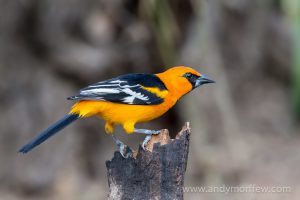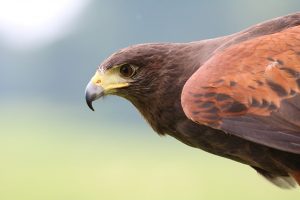If you love having birds around but don’t want to put up feeders (or can’t), no need to worry. You can still create your own little bird sanctuary with some planning and smart strategy.
Using bird foods like seed mixes, suet, peanuts, and mealworms are so attractive to birds that you could literally just throw it all on the ground and the birds would come. Of course there’s more efficient ways to use the food, but you get the point. Food is the important thing, not the feeder.
If you want to avoid buying bird seed and store bought foods all together, then you’ll have to do a little more work to create an attractive space. But this is still very possible.
Create an Attractive Space
Great ways to attract birds to your yard without feeders:
- Grow native plants that produce edible seeds.
- Provide a consistent source of fresh water.
- Provide shelter from predators, like a tree or large shrub.
- Plant Salvia species with red or yellow flowers, hummingbirds love them.
- Keep outdoor pets away from the feeding area, especially cats.
Using Store Bought Foods Effectively
(Skip ahead if you want to avoid buying food altogether)
Using traditional bird seed without a feeder is tricky because it will attract more than just birds. Squirrels love bird seed, and eat more than their fair share. Other rodents like mice and rats will eat it too, along with raccoons.
Mealworms
A great alternative to bird seed is mealworms. Many common birds love mealworms. Wrens are especially attracted to them. Other birds enjoy them too, like robins, bluebirds, chickadees, and woodpeckers. Simply put a bowl out and drop some worms in, and watch the birds fly in and snatch them up!

Keep the worms out of the sun during summer, so they don’t die prematurely from overheating. During winter, avoid leaving them outside if it’s below 40 degrees since the cold can kill them.
Many local pet stores will sell containers of live mealworms for around $8 for 200+. They’re easy to keep and store. You can place them in your refrigerator and most will survive for multiple weeks, although your birds may eat them all well before that!
Suet
Spreadable suet, or bark butter, is great for attracting birds. Peanut butter works well too. Smear it on the side of trees, on logs on the ground, or even just set it out on a plate. But beware – squirrels love it too. Cramming the suet in narrow cracks or small holes in trees or logs makes feeding difficult for rodents, but many birds can use their beaks to get to it just fine.
Fruit
Some birds will eat cut up fruit. Woodpeckers and orioles like oranges, which can be cut in half and nailed to a tree. Sliced apples will sometimes bring in robins, thrushes, and catbirds.
Providing Naturally Growing Foods
Providing native plants that are natural bird attractors is a great way to bring in more birds, regardless of if feeders are present. Different birds utilize different types of plants, so you’ll have to do your research. Here are some easy tips to get you started.
Plant Native Grasses
Native grasses are great because they grow just fine on their own, with little attention needed.
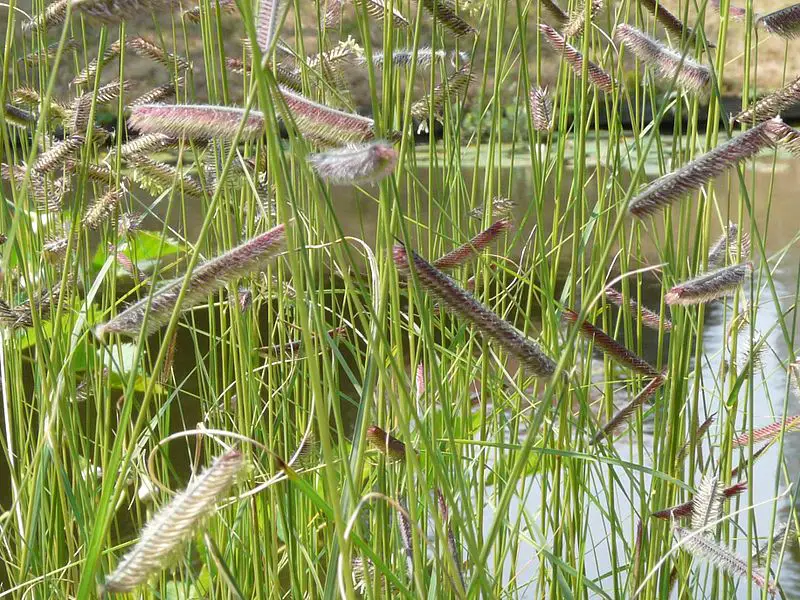
The seeds they produce are great for attracting sparrows, juncos, towhees, and buntings. They typically seed during late summer and fall. Any seeds not eaten in the fall will last well into winter and continue providing food to winter birds like sparrows.
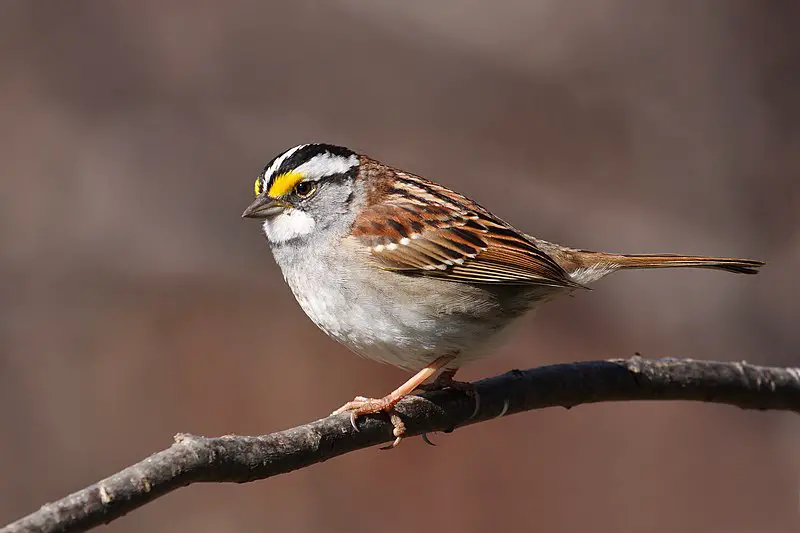
Native grasses that are best for wildlife are often called bunchgrasses, because they grow in small, dense clusters as if they’re bunched up. This is the opposite of how typical “front lawn” grass grows.
Great native grasses for birds include:
- Little Bluestem
- Switchgrass
- Indiangrass
- Inland Sea Oats
- Blue Grama
Plant a mixture of these for best results. Most prefer full to partial sun, except Sea Oats which grows well in the shade.
Flowering Plants for Hummingbirds
Hummingbirds are most attracted to the colors red and yellow, but will also visit purple and blue flowers. The more bright color you can provide in an area, the more likely it will pull in hummingbirds.

Like the grasses above, native plants are great because they’re already adapted to your area’s natural rainfall and weather. That means less work and upkeep for you.
Plants that make good hummingbird attractors:
- Autumn Sage
- Turk’s Cap
- Trumpet Vine
- Trumpet Honeysuckle
- Red Bottlebrush
- Lantana
- Salvia Sage
Provide Water
Putting out clean, shallow water can sometimes be enough to bring in birds just by itself. Especially during the summer or a dry period when water is harder to find.

The important thing with providing water for birds is to keep it shallow and easy to access. The ideal water depth for bathing is between half an inch to a full inch. Depth for drinking doesn’t matter, as long as the birds have something to stand or perch on along the water edge.
Traditional bird baths work great, but there’s no need to get fancy if you’re on a budget. Terracotta clay saucers are cheap and work great. They’re easy to clean, are long lasting, and only cost a couple dollars.
Birds also prefer moving water to stagnant water. An easy way to provide this is to get a drip designed for bird baths. The slow dripping water with cause movement and sound to make the water more obvious and attractive to birds, but uses so little water that it won’t run up your water bill.
Water works best if you never let it completely dry up. That way the birds know it’s a consistent source they can count on, and will return to more often.
Provide Shelter
Most birds are very wary and cautious animals, since they’re not usually at the top of the food chain. Hawks, snakes, and house cats are always looking for an easy kill, and your backyard birds need somewhere close to hide if you expect them to stick around or gather in numbers.
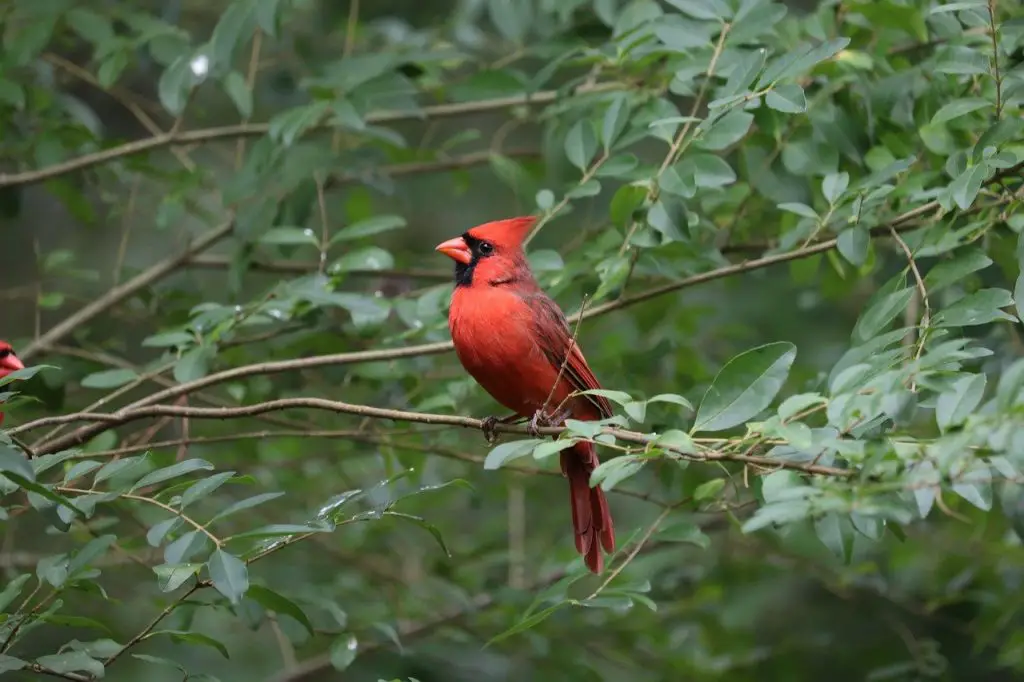
Place all food and water sources near a large shrub or tree. The birds can fly into it when they feel threatened, but quickly come back out for more food after danger passes.
An ideal feeding area can look like a small open area on the ground that’s partially surrounded by shrubs low to the ground, and with multiple trees overhanging the open ground. This gives birds multiple paths of escape, no matter which way danger comes at them.
If you don’t have any good vegetation to work with, then try to at least elevate the food above ground level. This gives the birds a better vantage point to spot threats, and helps them feel less vulnerable and exposed.
Keep Cats Out
Cats are cute, they make great house pets, and millions of people love them. They are also one of the single greatest dangers to birds in all urban and suburban areas around the world.
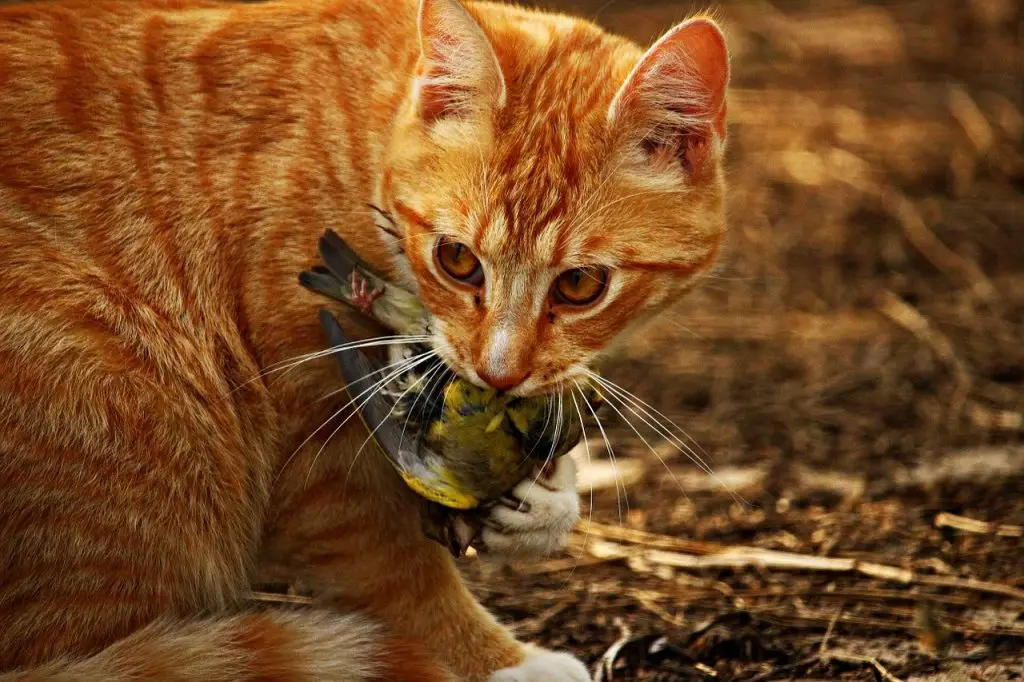
For their own sake, consider keeping Whiskers and Mittens inside. Indoor cats live an average of 15 years or longer, while outdoor cats live an average of only 5 years.
Regardless of where your cat lives, birds are often hyper aware of a cat’s presence. If a cat is regularly seen in an area, birds learn to avoid it, regardless of how much free food is being offered.
Be Consistent
Because birds are creatures of habit, once they find your food and water they’ll learn to keep coming back to it. Be patient at first, as birds can take up to several weeks to find a new food source.
The best way to keep them around is to always have something to offer. Don’t let your food sources deplete, and keep your drinking water topped off. Over time your yard will become one of their favorite spots!


